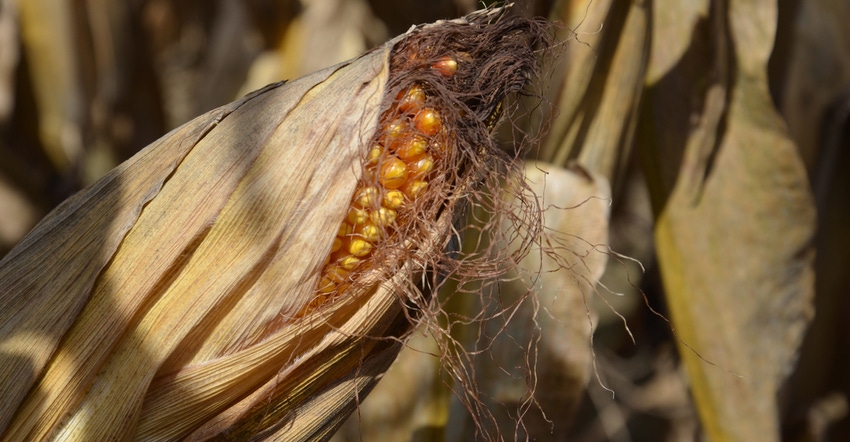
You may have read Willie Vogt’s Aug. 9 article about a ruling by the European Court of Justice on gene editing technology, An editing mistake, on the Indiana Prairie Farmer website. The ruling basically says that in the countries of the European Union, gene editing technology must be treated as other transgenic or GMO technologies are treated, requiring strict regulatory approval before grain produced from the technology can be imported into Europe.
As Vogt noted, the ruling sent shock waves throughout the plant breeding industry not only in the U.S., but also around the world. If you’re wondering how to stretch revenue this fall to pay bills on low crop prices, it may have seemed like just another far-off ruling that didn’t affect you.
Kevin Cavanaugh, a plant breeder and director of research for Beck’s, Atlanta, Ind., says it very much could affect you — and perhaps sooner than you think. It could delay innovative technology reaching your farm, increase segregated handling of products produced with the technology, increase the cost of these seed products once they reach you, or, most likely, do all of these things.
Why decision matters
Here’s an exclusive Farm Progress interview with Cavanaugh that underscores why you should monitor this issue.
In layman’s terms, what is gene editing?
It’s a new breeding technique attracting lots of attention in the industry over the past 18 months to two years. It’s also known as CRISPR technology. Some think it will revolutionize plant breeding. That may be a little strong, but it has potential to be an innovative tool that could shorten the time it takes to produce improved crops.
Gene editing allows breeders to cut off part of a gene to prevent it from doing something, or to insert another gene from elsewhere in the plant’s DNA to make a process more efficient. It can be done without bringing in foreign genes from other plants or organisms.
Can you give us examples?
Here are hypothetical examples. Suppose you could use gene editing to clip off the section of genes that closes stomata on plant leaves under stress. In theory, more carbon dioxide would enter the plant during stress and boost yields. Or maybe you move another gene to the location of genes controlling storing carbohydrates in kernels. Moving the gene might make the process more efficient.
Why was the ruling a surprise?
The three agencies that approve new plant products in the U.S., which include USDA, FDA and EPA, all stated when the technology first was discussed that if it didn’t involve bringing in foreign genes, it wouldn’t fall under the same regulations as GMO or transgenic products. The European Union indicated it would likely view it the same way. That means products produced using gene editing would be treated like any other traditional breeding products. It makes sense. You can get to the same point with traditional breeding; it just takes longer to do it.
What changed?
The European Court of Justice ruled in early August 2018 that gene editing products must be treated the same as GMO products. That’s simply not based on science. But if the ruling stands, products must go through regulatory approval in Europe. Their process is fairly clear-cut, but it adds time and expense to the process.
What might be the outcome if the ruling stands?
I believe we would see more situations once hybrids or varieties produced using gene editing came to market where grain would have to be segregated to make sure it didn’t get shipped to Europe. There are problems with that scenario. You can test grain to see if gene editing was used, but it’s not a simple test. It involves gene sequencing and wouldn’t be a quick test at the elevator. Also, because gene editing is fast and relatively easy, it could be used in a number of products, meaning several products would need to be segregated and monitored, not just one or two as with traits.
Are there any commercial products on the market today which were produced using gene editing?
Not to my knowledge. There are companies experimenting with it, but I’m not aware of any seed products which were released.
Has your company looked at gene editing?
Yes, and it’s exciting technology. We decided three months ago to hold off on using it. That’s partly because there have been some legal questions about who owns the technology and patents, and we wanted to make sure all that was cleared up first.
What is the bottom line for the farmer reading this story?
It’s either going to take longer to deliver advanced technology to him because seed companies can’t use this technology, or costs will likely be passed along in seed if companies use it and go through the EU regulatory process.
What does the future hold for this technology?
Several industry groups are working to get the ruling reversed. It’s unclear what might happen. You as a farmer just have to stay on the sidelines and wait.
About the Author(s)
You May Also Like




